Home>Gardening & Outdoor>Landscaping Ideas>How To Sod A Yard With Existing Grass
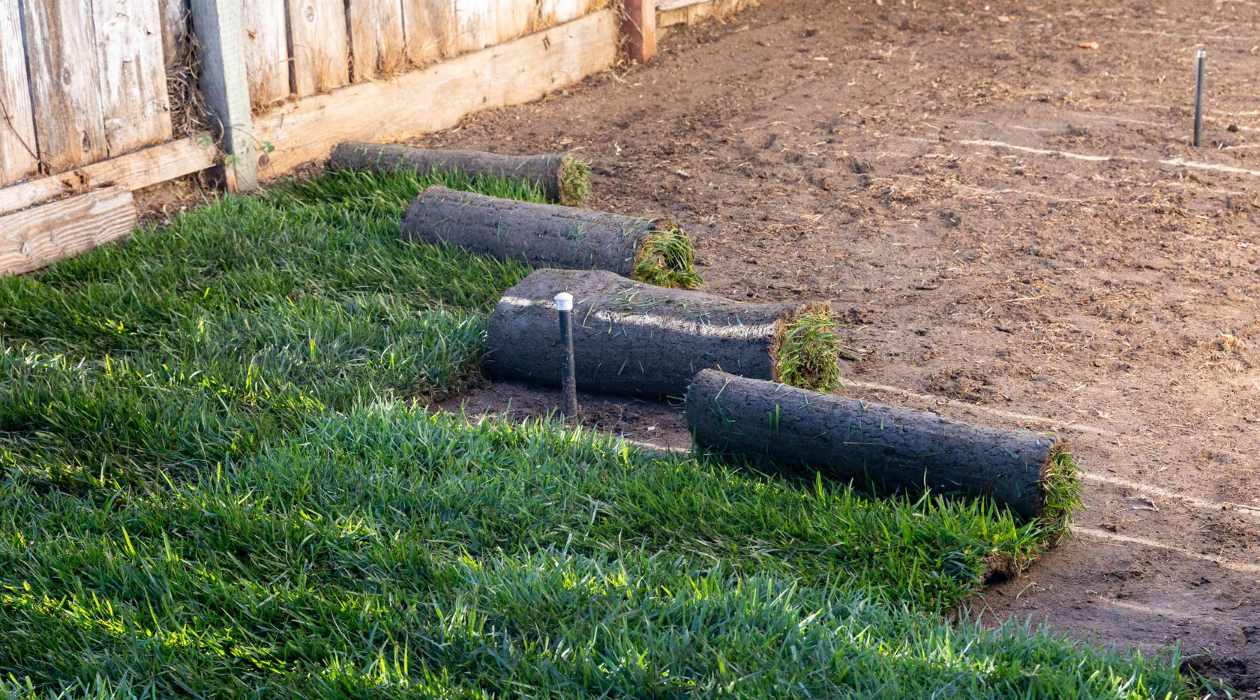

Landscaping Ideas
How To Sod A Yard With Existing Grass
Modified: February 18, 2024
Learn how to sod a yard with existing grass and improve your landscaping with these effective landscaping ideas. Transform your lawn with our expert tips!
(Many of the links in this article redirect to a specific reviewed product. Your purchase of these products through affiliate links helps to generate commission for Storables.com, at no extra cost. Learn more)
Introduction
So, you've decided it's time to give your yard a fresh new look by sodding over the existing grass. Sodding can instantly transform the appearance of your yard, giving it a lush, green carpet that enhances the overall aesthetic of your outdoor space. Whether you're looking to cover patchy, worn-out grass or completely renovate your lawn, sodding can provide a quick and effective solution.
In this comprehensive guide, we'll walk you through the process of sodding a yard with existing grass, covering everything from assessing the condition of your yard to caring for the new sod. By the end of this article, you'll have a clear understanding of the steps involved in this landscaping project and be well-equipped to tackle it with confidence.
Sodding a yard is a rewarding endeavor that can significantly elevate the curb appeal of your home and create a welcoming outdoor environment for relaxation and recreation. With the right approach and a bit of know-how, you can achieve a vibrant, healthy lawn that will be the envy of the neighborhood. So, let's dive in and explore the steps to sodding your yard with existing grass!
Key Takeaways:
- Assess your yard’s grass health, soil quality, sunlight exposure, and drainage before sodding. Proper assessment sets the stage for a successful and vibrant lawn transformation.
- Prepare the yard by clearing debris, testing and amending the soil, leveling the ground, applying starter fertilizer, and watering. Thorough preparation creates an optimal environment for new sod to thrive.
Read more: How To Remove Existing Grass For New Sod
Assessing the Yard
Before diving into the sodding process, it’s essential to assess the current condition of your yard to determine the best approach for laying new sod over the existing grass. Here are the key factors to consider:
- Grass Health: Evaluate the health and density of the existing grass. If the grass is mostly healthy with minimal bare patches, sodding over it may be a viable option. However, if the grass is predominantly thin, patchy, or overrun by weeds, it may be more effective to remove the existing grass before laying new sod.
- Soil Quality: Test the soil to assess its pH levels, drainage, and overall health. Healthy soil provides an optimal foundation for new sod to take root and thrive. If the soil is compacted, nutrient-deficient, or prone to drainage issues, addressing these soil conditions before sodding is crucial for long-term success.
- Sunlight and Shade: Observe the sunlight patterns in your yard to identify areas of full sun, partial shade, and deep shade. Different types of grass and sod varieties thrive in specific light conditions, so understanding the sunlight exposure in different areas of your yard will help you select the most suitable sod for each location.
- Drainage: Check for areas of poor drainage or water accumulation, as excess moisture can hinder the establishment of new sod. Addressing drainage issues, such as low-lying areas or compacted soil, will contribute to the long-term health of your sodded lawn.
By thoroughly assessing these factors, you’ll gain valuable insights into the unique characteristics of your yard, allowing you to make informed decisions regarding sod selection, soil preparation, and overall sodding strategy. Additionally, seeking professional guidance or conducting a soil analysis can provide in-depth information to guide your sodding project.
Once you’ve completed the assessment phase, you’ll be well-prepared to move on to the next crucial steps in the sodding process, ensuring that your new sod will thrive in its revitalized environment.
Preparing the Yard for Sod
Before laying new sod over the existing grass, thorough preparation of the yard is essential to create an optimal environment for the sod to take root and flourish. The following steps will guide you through the preparation process:
- Clearing Debris: Begin by clearing the yard of any debris, including rocks, branches, and other obstructions. This ensures a smooth surface for laying the sod and reduces the risk of unevenness or damage to the new turf.
- Soil Testing and Amendment: Conduct a soil test to assess the pH levels and nutrient composition of the soil. Based on the results, amend the soil as needed by adding organic matter, such as compost or peat moss, to improve its texture and fertility. This step is crucial for creating an ideal growing medium for the new sod.
- Leveling the Ground: Use a rake or leveling tool to even out the ground surface, addressing any dips or bumps in the yard. A smooth, level surface provides a solid foundation for the sod and promotes uniform growth once it’s laid.
- Applying Starter Fertilizer: Apply a high-quality starter fertilizer to the prepared soil to provide essential nutrients that promote strong root development in the newly laid sod. This step is particularly beneficial for encouraging rapid establishment and healthy growth.
- Watering the Soil: Prior to sod installation, thoroughly water the prepared soil to ensure adequate moisture levels. Moist soil promotes successful root penetration and establishment of the sod once it’s in place.
By diligently preparing the yard according to these guidelines, you’ll create an optimal foundation for the new sod, setting the stage for a vibrant and resilient lawn. The preparation phase plays a pivotal role in the long-term success of your sodding project, providing the necessary groundwork for the new turf to thrive and develop into a lush, healthy lawn.
With the yard meticulously prepared, you’re now ready to move forward with the next steps in the sodding process, bringing you closer to the transformation of your outdoor space.
Removing Existing Grass
When considering sodding a yard with existing grass, the decision to remove the old turf depends on various factors, including the health and density of the existing grass, as well as the desired outcome for the new lawn. Here are the key considerations and methods for removing existing grass:
- Assessing Existing Grass: Evaluate the overall condition of the existing grass. If the grass is sparse, overrun by weeds, or predominantly unhealthy, complete removal may be the most effective approach to ensure a fresh start for the new sod.
- Sod Cutter: For larger areas or thicker grass, utilizing a sod cutter can expedite the removal process. A sod cutter slices through the grass and roots, allowing for the easy removal of existing turf. This method is efficient and minimizes soil disturbance.
- Manual Removal: In areas with limited space or where precision is required, manual removal of the existing grass using a shovel or turf cutter is a viable option. This method allows for targeted removal, particularly along edges and irregularly shaped sections of the yard.
- Herbicide Application: If the existing grass is primarily composed of unwanted weeds or invasive species, applying an herbicide can effectively eradicate the undesirable vegetation. It’s important to select an herbicide that targets the specific types of weeds present while minimizing impact on desirable grass species.
- Composting or Disposal: Once the existing grass is removed, consider composting it to recycle organic matter or arrange for proper disposal. Composting the removed turf can contribute to sustainable gardening practices and reduce waste.
While removing existing grass is a labor-intensive step, it can significantly impact the success of the sodding process, particularly in cases where the existing grass is compromised or incompatible with the desired sod variety. By carefully evaluating the condition of the existing turf and selecting the most suitable removal method, you can pave the way for a seamless transition to a revitalized lawn.
With the existing grass effectively removed, you’re now poised to proceed with the exciting phase of laying down fresh, vibrant sod, bringing your vision of a lush, inviting lawn one step closer to reality.
Before sodding a yard with existing grass, make sure to remove the old grass by tilling or using a sod cutter. This will ensure the new sod has a good base to grow on.
Laying the Sod
With the groundwork meticulously prepared and the existing grass addressed, it’s time to embark on the transformative process of laying down fresh sod to rejuvenate your yard. Follow these essential steps to ensure a successful sod installation:
- Sod Selection: Choose high-quality sod that is well-suited to the sunlight, soil, and climate conditions of your region. Consider factors such as grass species, texture, and color to select sod that aligns with your aesthetic preferences and practical requirements.
- Proper Timing: Plan the sodding process during a favorable time of year, typically in the early spring or early fall when temperatures are moderate, and moisture levels are conducive to root establishment. Avoid laying sod during extreme heat or cold, as it can stress the new turf.
- Installation Technique: Begin laying the sod along a straight edge, such as a driveway or walkway, to ensure a neat, uniform appearance. Stagger the sod pieces in a brickwork pattern to minimize visible seams and promote seamless integration.
- Cutting and Shaping: Use a sharp utility knife to trim the sod pieces as needed to fit irregular areas, curves, or corners. Precision cutting ensures a snug fit and a professional finish throughout the yard.
- Watering and Rolling: Immediately after laying each section of sod, thoroughly water the turf to settle it into the soil and provide essential moisture for root establishment. Follow up by gently rolling the sod with a lawn roller to ensure good soil contact and eliminate air pockets beneath the turf.
By diligently following these steps, you’ll create an environment where the new sod can take root and thrive, establishing a lush, resilient lawn that enhances the beauty and functionality of your outdoor space. The process of laying sod represents a pivotal moment in the transformation of your yard, bringing you one step closer to enjoying a vibrant, healthy lawn.
With the sod thoughtfully installed, your yard will undergo a remarkable visual and functional enhancement, setting the stage for the final phase of the sodding process: nurturing and caring for the newly laid turf to ensure its long-term vitality.
Read more: How To Maintain Sod Grass
Caring for New Sod
After the exhilarating process of laying fresh sod, it’s crucial to provide attentive care to support the establishment and growth of the new turf. The following care guidelines will help nurture the sod and promote its long-term health and resilience:
- Watering Schedule: Immediately after sod installation, water the turf thoroughly to ensure that the soil beneath the sod is adequately moist. For the first few weeks, maintain a consistent watering schedule, providing the sod with approximately 1 inch of water per week, either through rainfall or irrigation. Adjust the frequency based on weather conditions to prevent the soil from drying out.
- Root Establishment: Monitor the sod to observe signs of root establishment, such as visible growth and resistance to gentle tugging. Once the sod has firmly rooted, typically within 2 to 3 weeks, gradually transition to a standard lawn watering routine, allowing the soil to dry slightly between watering sessions to encourage deep root growth.
- Mowing and Maintenance: Refrain from mowing the new sod until it has rooted sufficiently and reached a height of approximately 3 to 4 inches. When mowing, ensure that the mower blades are sharp and set to the appropriate height to avoid stressing the young turf. Regular maintenance, including fertilization and weed control, should commence based on the specific needs of the sod variety.
- Protection from Traffic: Minimize foot traffic and heavy activities on the newly sodded area during the initial establishment phase to prevent damage and promote uniform growth. Establish clear pathways or designated areas to minimize disturbances to the developing turf.
- Observation and Adjustment: Keep a close eye on the sodded area, monitoring for signs of stress, disease, or irregular growth. Promptly address any issues that arise, such as pest infestations or nutrient deficiencies, to maintain the health and vigor of the new sod.
By providing attentive care and following these essential guidelines, you’ll foster the development of a robust, vibrant lawn that enhances the beauty and functionality of your outdoor space. The nurturing phase following sod installation is integral to the long-term success of your lawn, ensuring that the new turf thrives and flourishes in its revitalized environment.
With diligent care and a nurturing approach, your new sod will gradually transform into a resilient, verdant lawn, providing a picturesque backdrop for outdoor activities and relaxation. The commitment to caring for the sod during its initial growth phase will yield a lush, inviting landscape that you can enjoy for years to come.
Conclusion
Embarking on the journey of sodding a yard with existing grass is a gratifying endeavor that can breathe new life into your outdoor space, creating a vibrant, inviting landscape that enhances the beauty and functionality of your home. Throughout this comprehensive guide, we’ve explored the essential steps involved in the sodding process, from assessing the yard to caring for the newly laid turf.
By carefully assessing the condition of your yard, preparing the soil, and selecting the appropriate sod variety, you’ve set the stage for a successful sodding project. Whether you opted to remove the existing grass or sod over it, each decision was guided by a commitment to creating an optimal environment for the new turf to thrive.
The meticulous preparation and thoughtful installation of the fresh sod have transformed your yard, ushering in a new era of lush, resilient landscaping that reflects your vision for an inviting outdoor haven. As you embark on the journey of caring for the new sod, providing essential moisture, observing its growth, and tending to its maintenance needs, you’re nurturing the foundation for a thriving, vibrant lawn.
As the seasons unfold, your newly sodded lawn will evolve, its rich green hues and lush texture becoming a defining feature of your outdoor oasis. The pride and satisfaction of witnessing the transformation of your yard will be a testament to your dedication to creating a captivating, functional landscape that enriches your daily life.
With each passing day, the new sod will establish itself, creating a welcoming backdrop for outdoor gatherings, leisurely strolls, and moments of tranquility. The revitalized lawn will stand as a testament to your commitment to creating a harmonious blend of natural beauty and practicality within your outdoor environment.
As you revel in the beauty of your revitalized yard, may it serve as a source of joy and inspiration, a testament to the transformative power of thoughtful landscaping and the rewards of nurturing a vibrant, healthy lawn. Your journey of sodding a yard with existing grass has not only reshaped your outdoor space but has also cultivated a deeper connection to the natural world, enriching your home and creating lasting memories for years to come.
So, as you savor the lush, inviting expanse of your newly sodded lawn, may it be a reflection of your dedication to creating a flourishing outdoor sanctuary, a testament to the artistry and fulfillment found in the timeless practice of landscaping.
Frequently Asked Questions about How To Sod A Yard With Existing Grass
Was this page helpful?
At Storables.com, we guarantee accurate and reliable information. Our content, validated by Expert Board Contributors, is crafted following stringent Editorial Policies. We're committed to providing you with well-researched, expert-backed insights for all your informational needs.
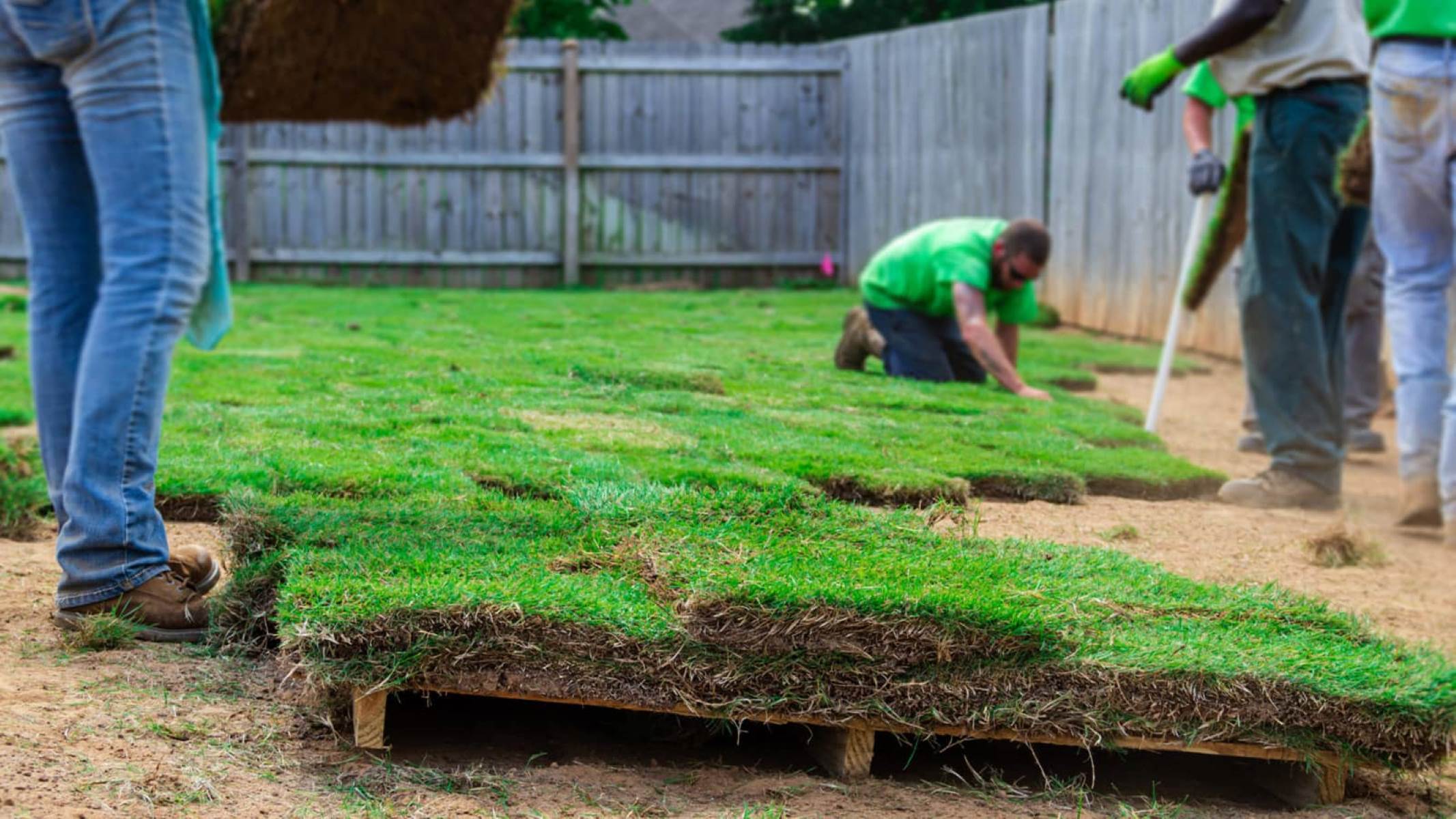
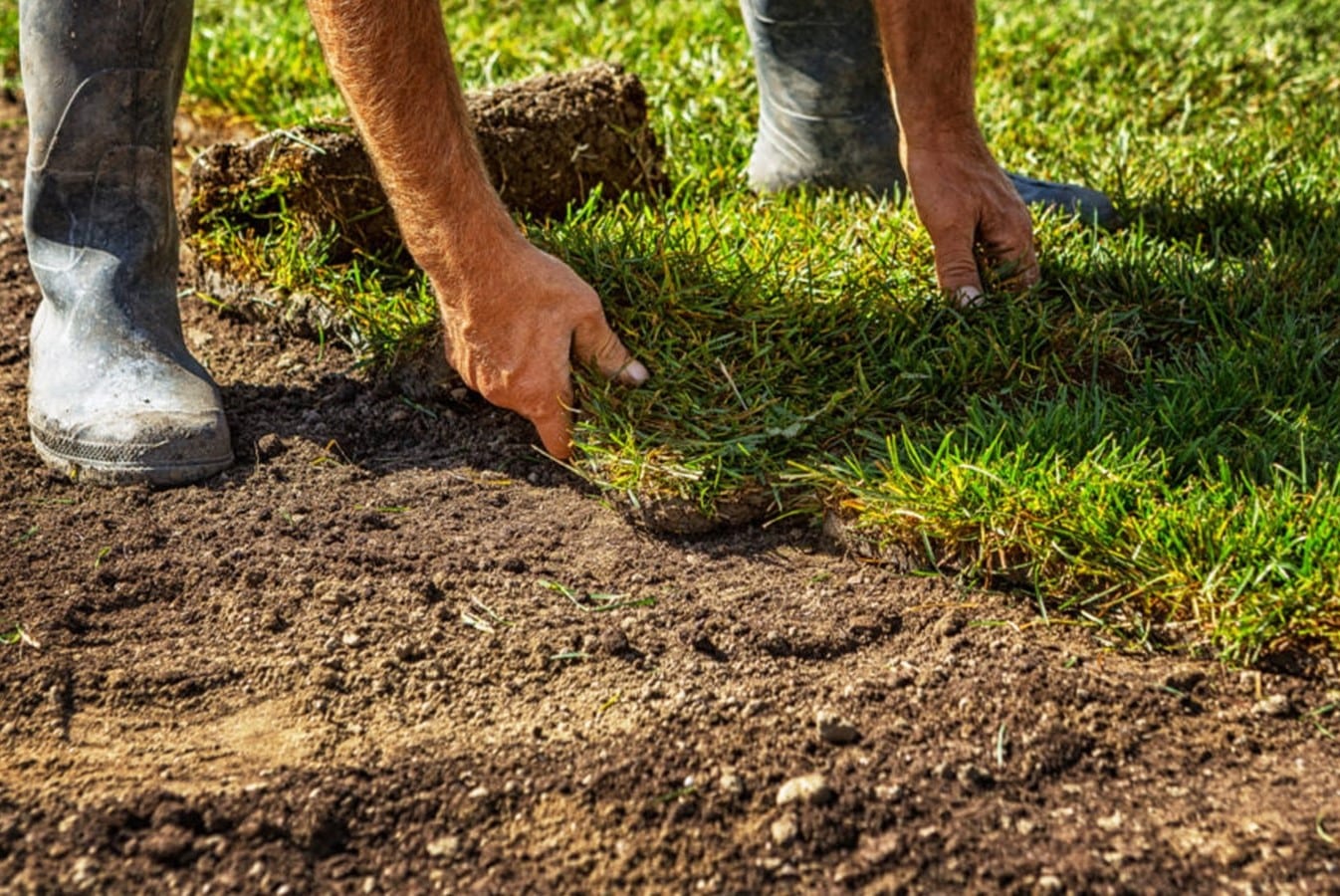
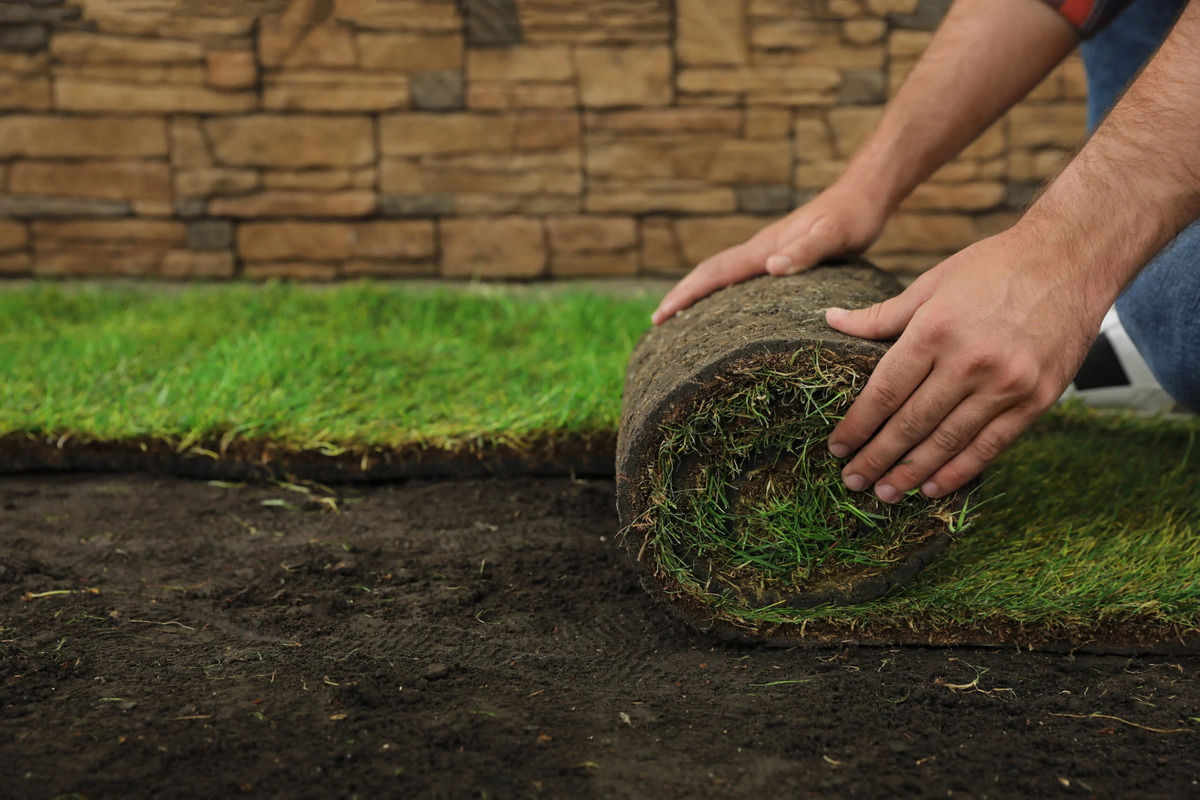
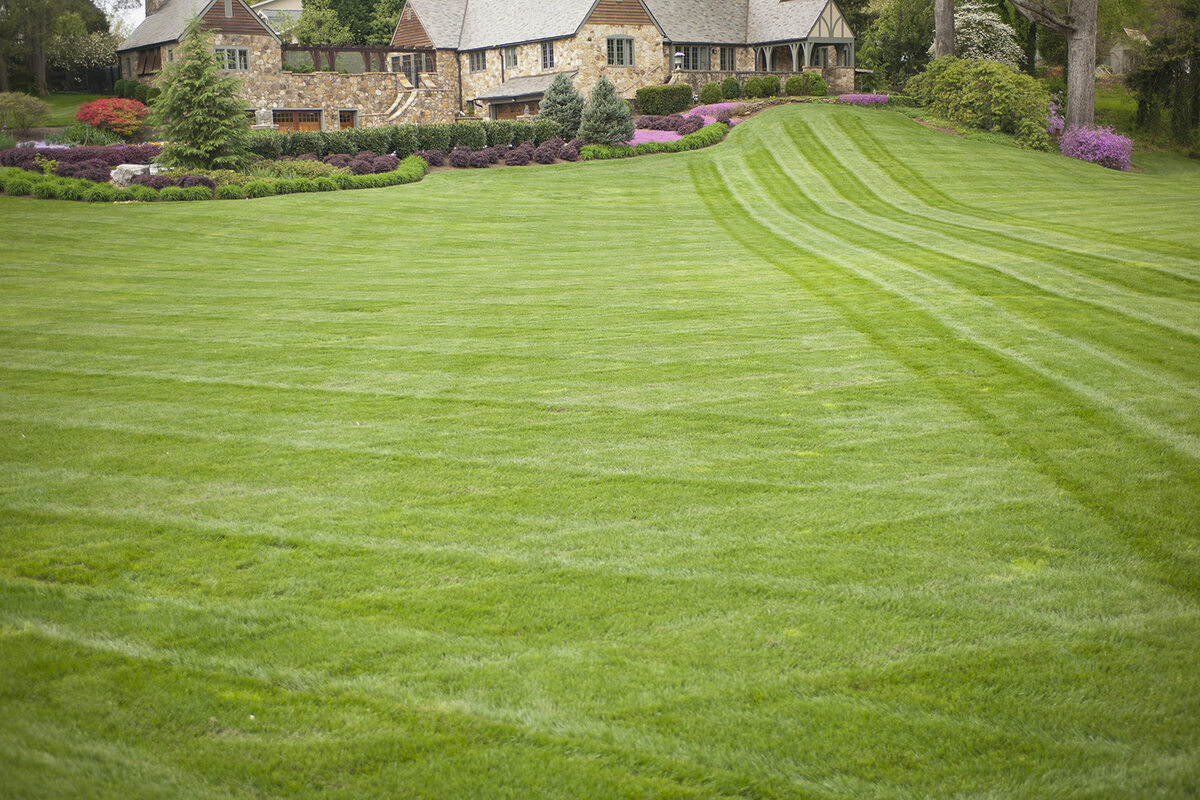
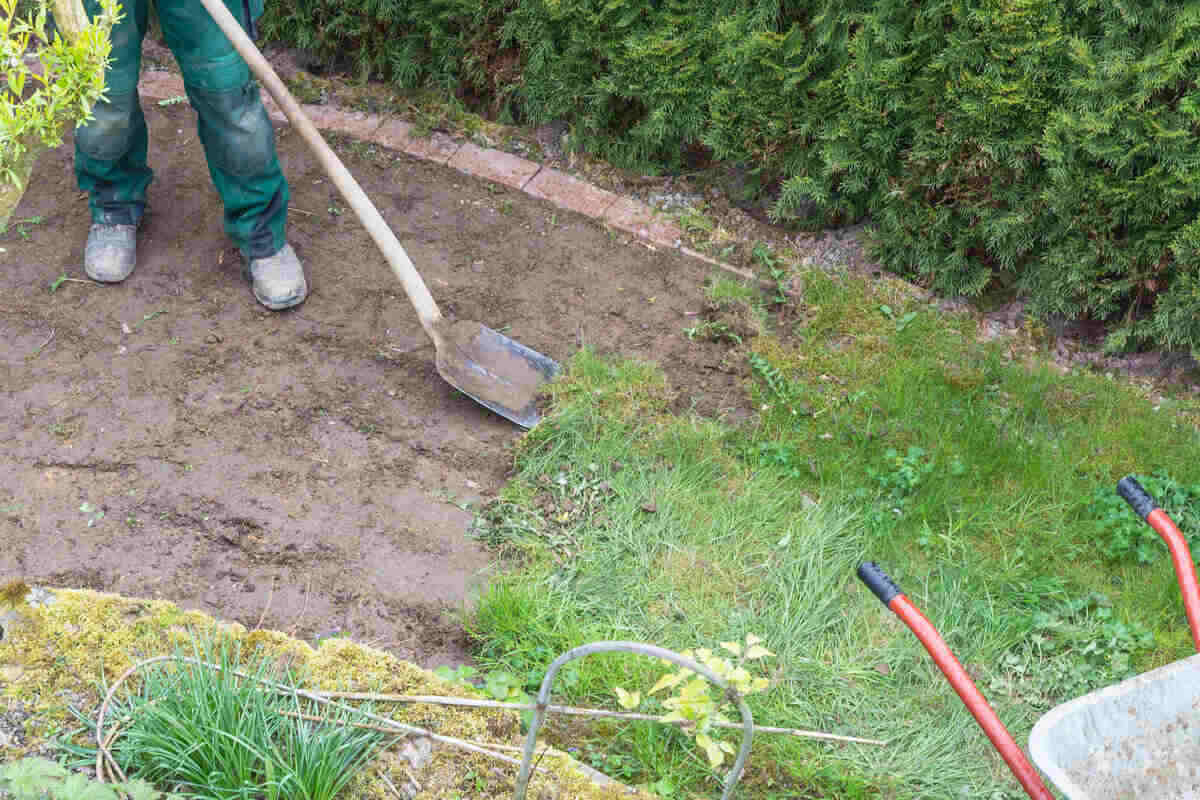
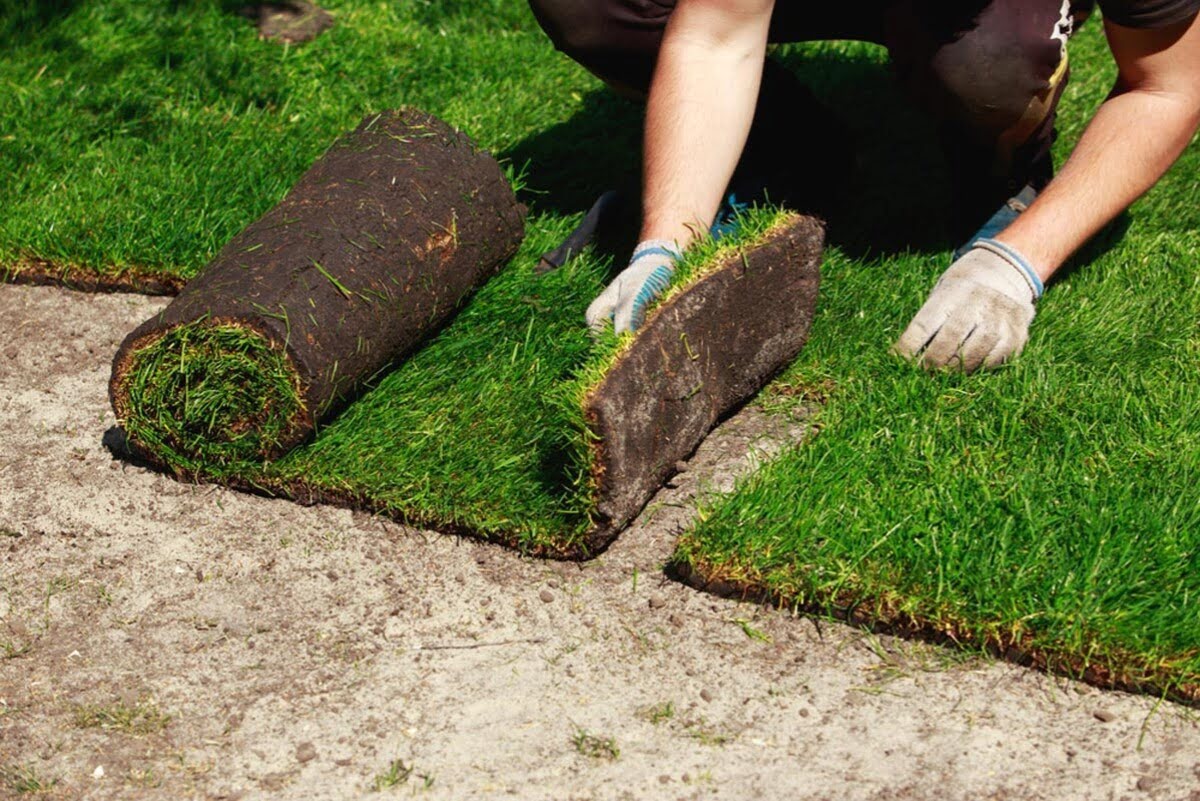
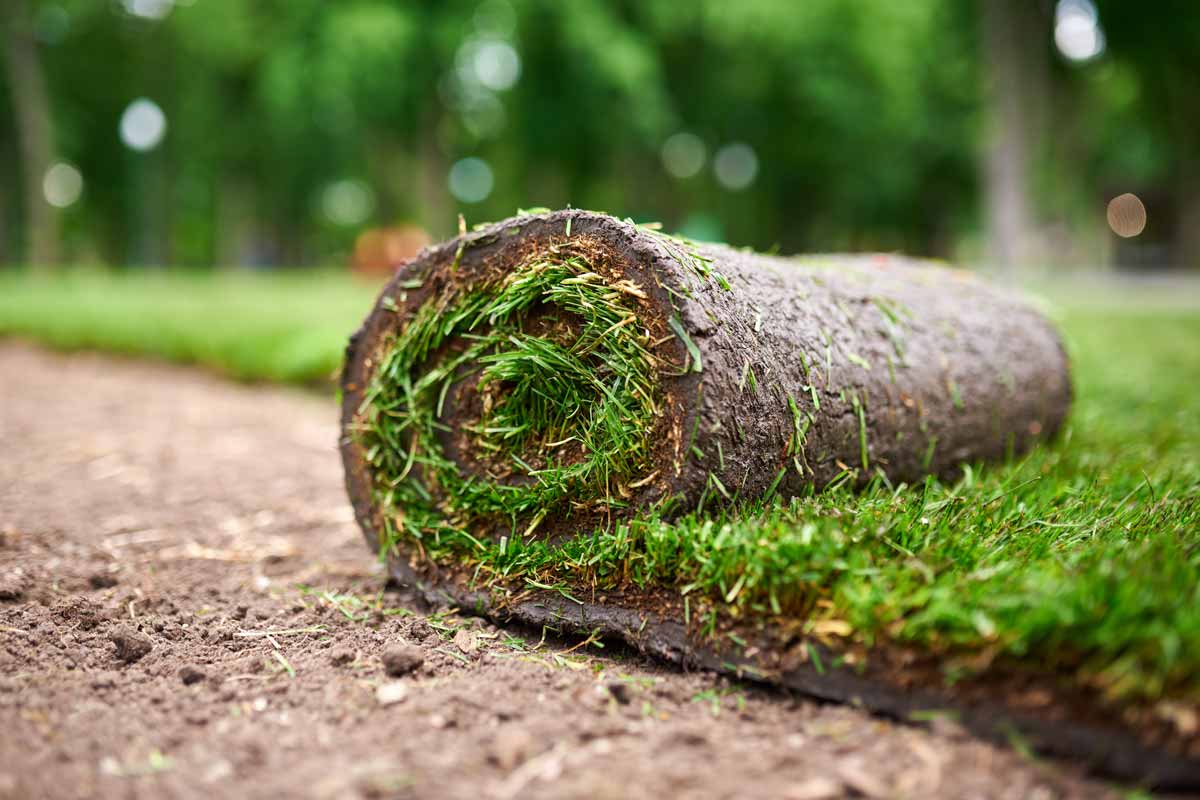
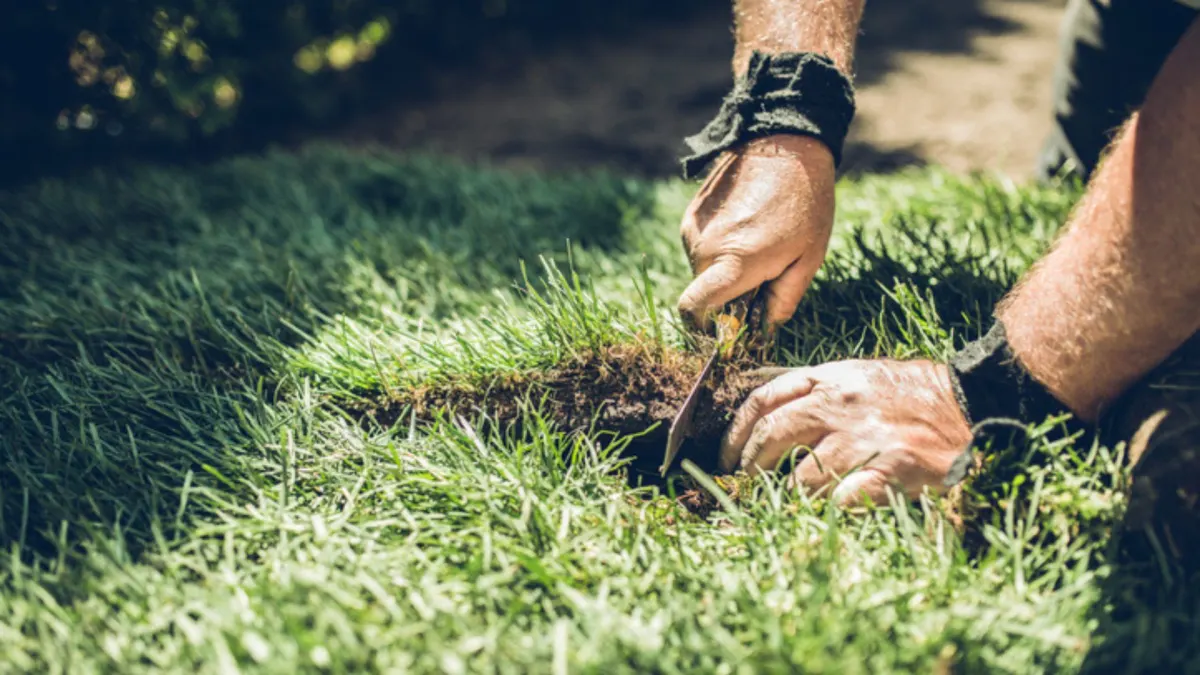
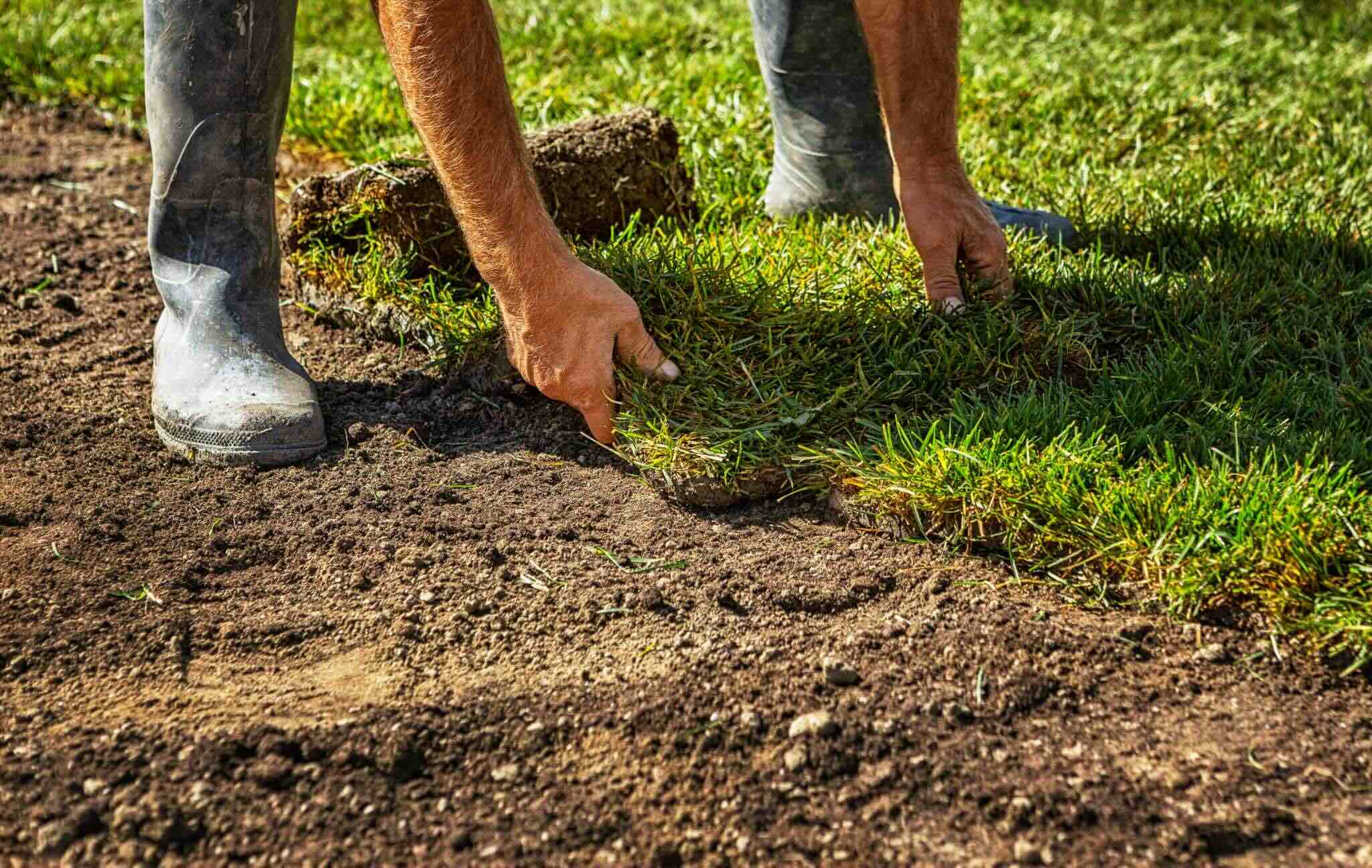
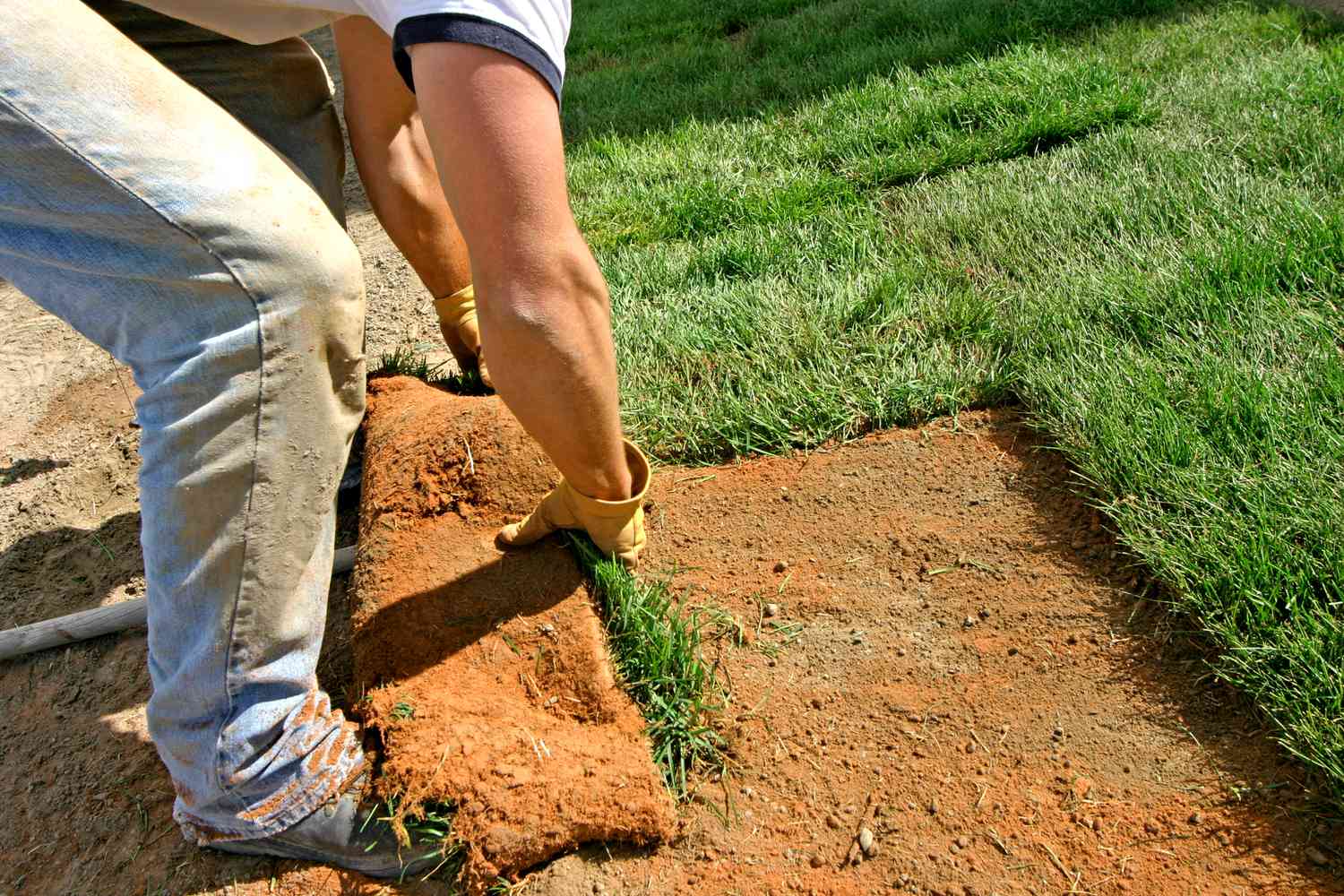
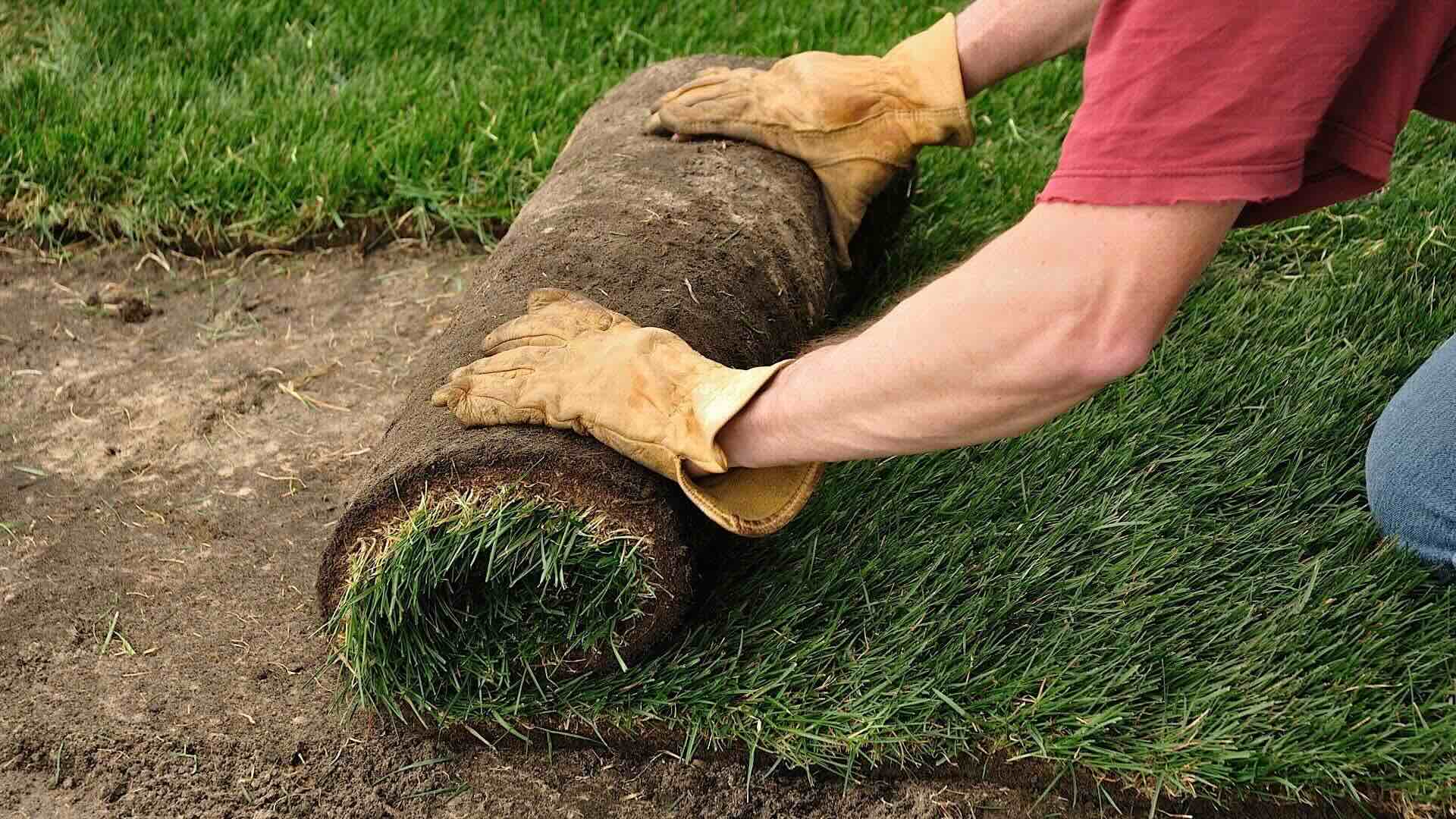
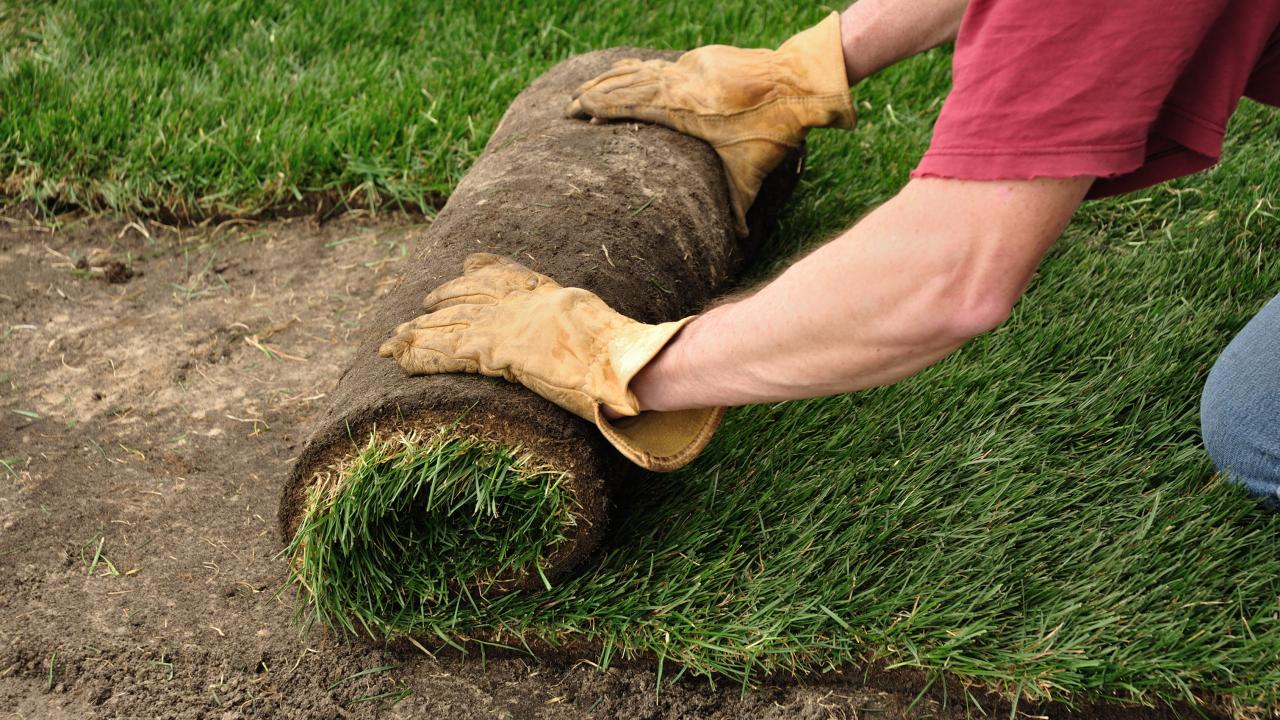
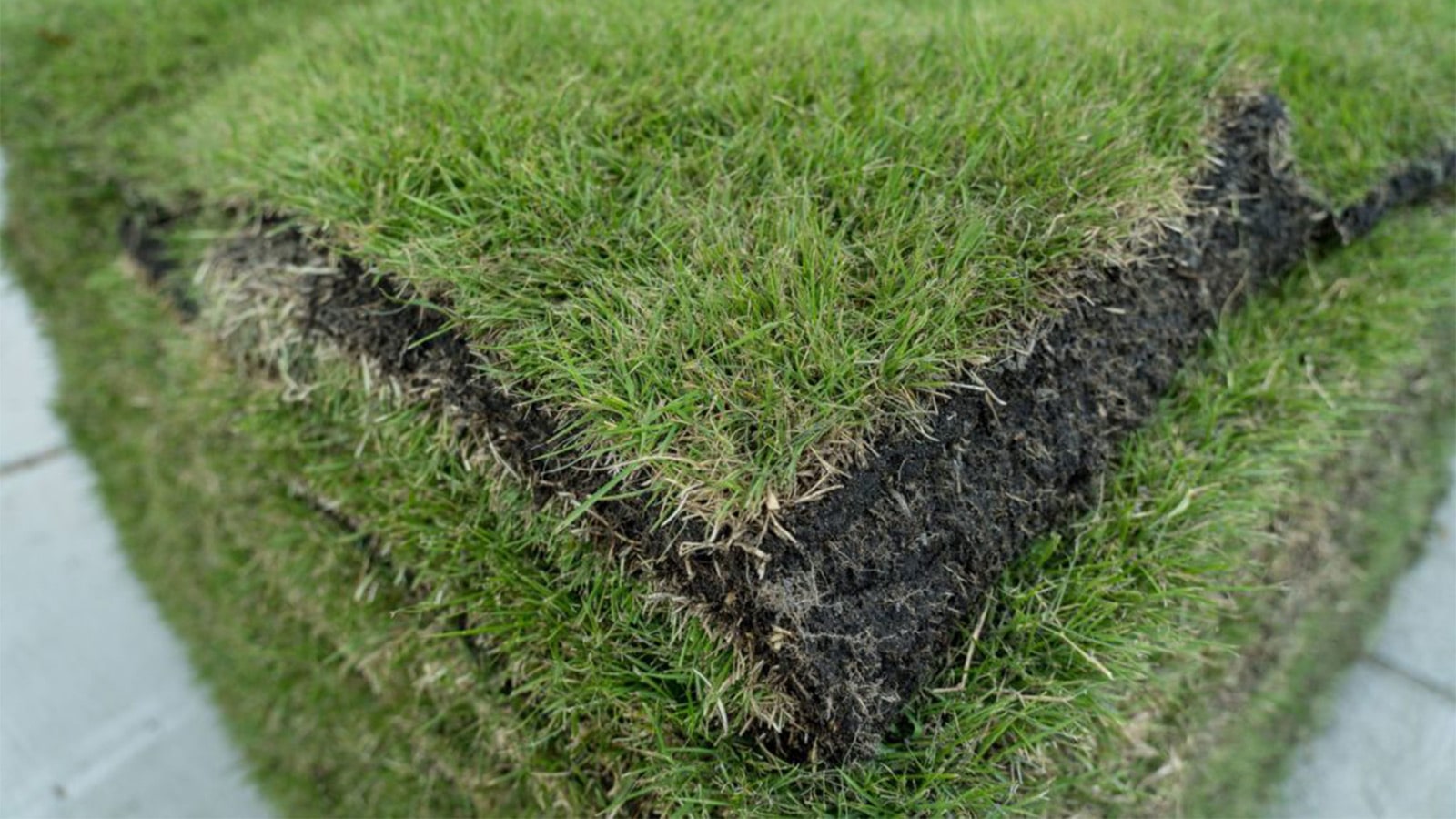
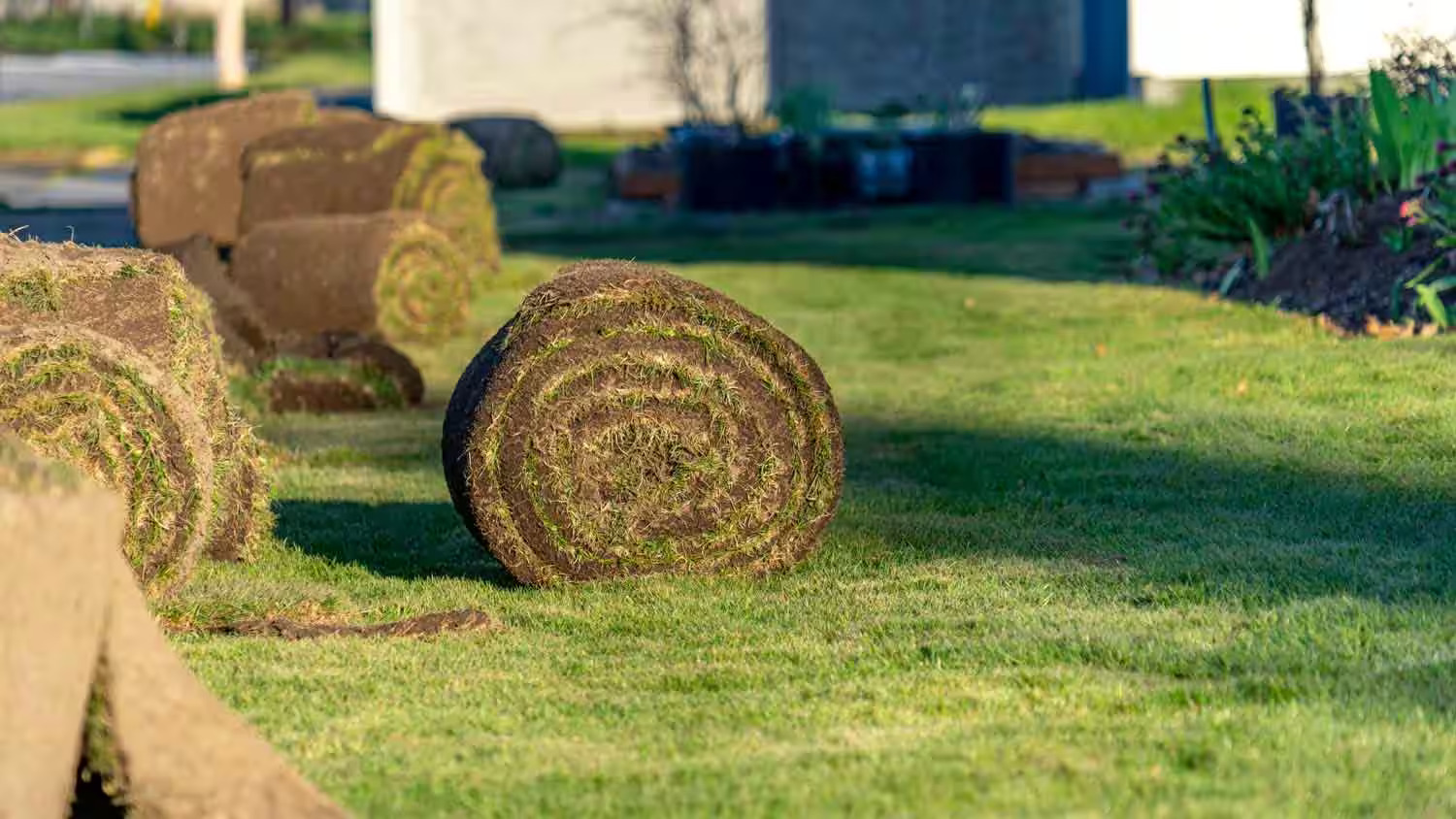

0 thoughts on “How To Sod A Yard With Existing Grass”